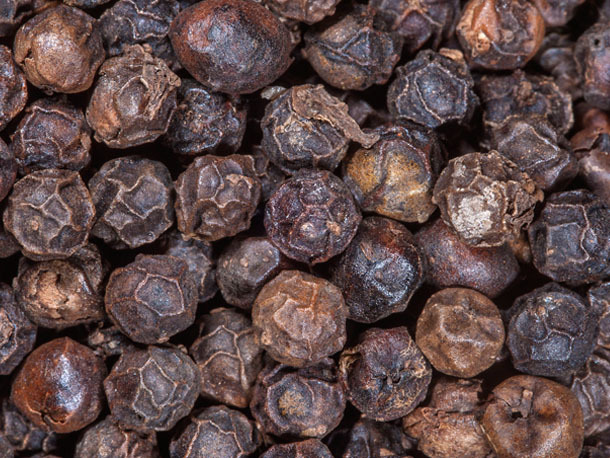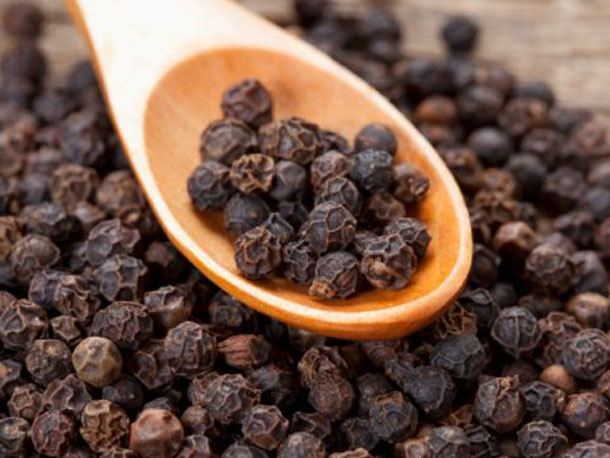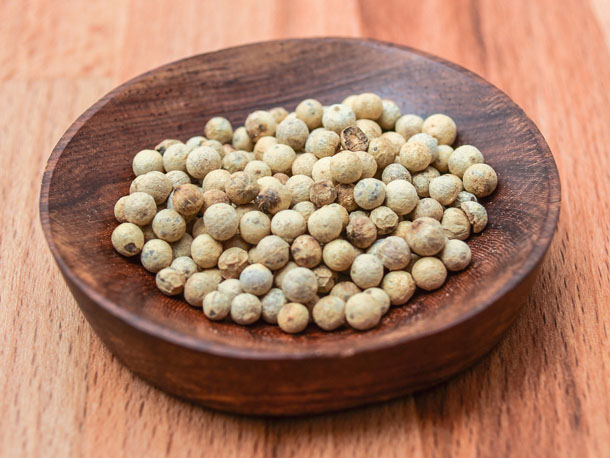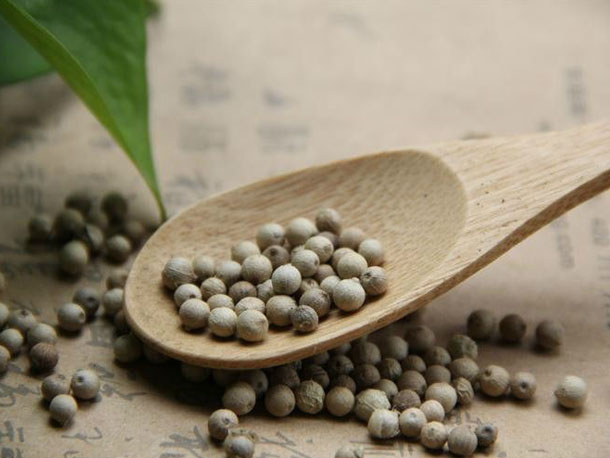Global pepper prices seen to be holding mostly firm
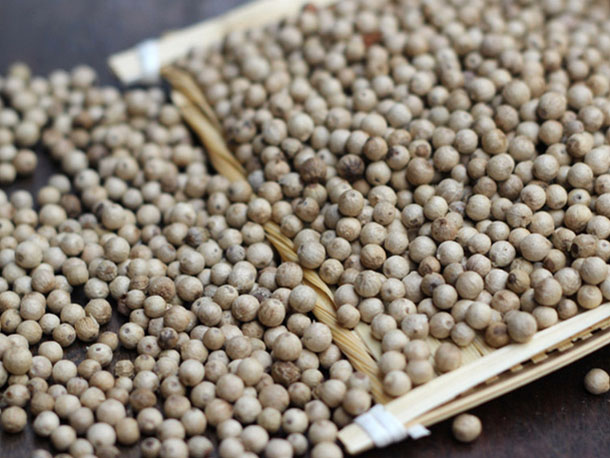
International pepper prices have remained on the strong side despite earlier expectations that there might be declines in values after Chinese New Year.
Rotterdam trading house Catz International noted in a market update today that in its last update at the end of January it had already raised some questions over the anticipated drop in prices after Chinese New Year.
“Chinese New Year ended two weeks ago and clearly this drop has not (yet?) happened,” the company added.
In fact, prices have gained by around 10% since the middle of February.
Catz observed that sellers in most origins, including Vietnam which has its new crop coming through now, are either very reluctant to offer or even withdrawn from the market.
Similarly, Gerwald Kras of Pepperdesk BV remarked in his latest market report: “After the Tet holidays we see a sharp price hike from Vietnam. Farmers are holding back their freshly harvested pepper and exporters are being squeezed.”
Kras added that overseas buyers have so far reacted very calmly to the developments in Vietnam. “Most of them have covered their March and or April needs already. The general expectation among the operators is that prices might ease a little in the coming weeks when most of the March short coverage is over. The reality is that the world market is heavily dependent on the Vietnam crop and the Vietnam farmers are aware they do sit in the driver’s seat,” he noted.
With Vietnam holding prices high, India and Brazil are taking some orders at current higher prices for prompt shipments. “Some selling interest is also appearing from Brazil and Indonesia for the second half of 2015. In the coming weeks we will get a more clear picture about this year’s price range,” Kras concluded.
Catz International also observed that over January and February this year Vietnam had already exported as much as 25,000 tonnes of pepper of which only a very small portion was destined for Europe.
In its report for the week to March 6, the International Pepper Community (IPC) found that “the market behaviour for pepper during the week was not constant”.
In IPC’s assessment prices decreased in India and Lampong, while in Vietnam, Sarawak and Sri Lanka the price of black pepper increased. The organisation feels that it is likely that the increase in supply with the new harvest in India has brought prices to a new pattern. It notes that the price disparity among producing countries became narrower.
IPC’s report added that during the week, the pepper price decreased by 9% in India and in Lampong it eased by 3%. In Sri Lanka, Vietnam and Sarawak the price increased by 4%, 2% and 1% respectively, it said.
In the case of white pepper, the price in Bangka increased by 2%, while in Vietnam and Sarawak it was relatively stable. In dollar terms however, the local price of Sarawak white decreased marginally by 1% due to weakening of the local currency against the US dollar.

